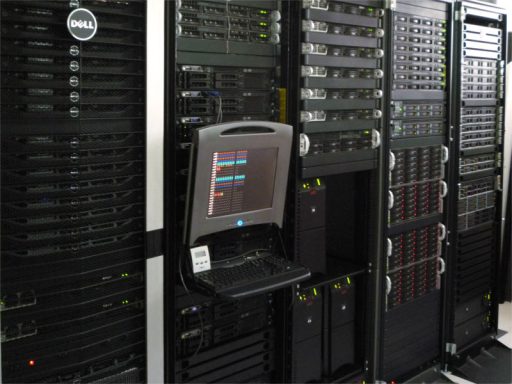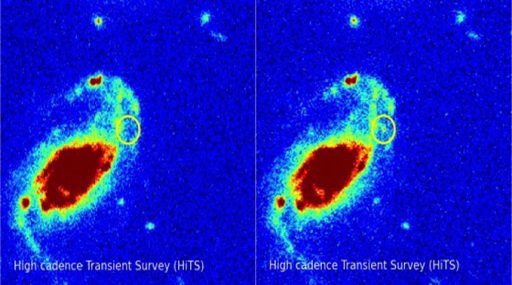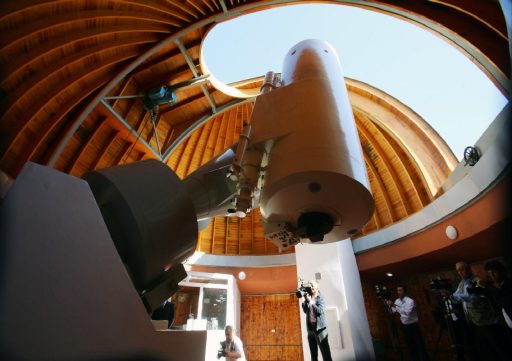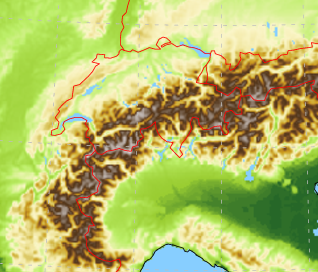The Engineering Department of the Kyushu Sangyo University in Japan has designed a dedicated e-portfolio as an educational tool to make students aware of their strengths and weaknesses, helping them achieve their goals in a structured fashion.
Gastric cancer is the deadliest form of cancer in Asia. It accounts for the deaths of some 28 men and 13 women per 100,000. The Telemedicine Development Center of Asia has been building capacity to deliver valuable technical training for cancer specialists right across the region.
Even if you are a researcher living in the most southern country in the world, you can still participate in groundbreaking global research. For example, the Science and Technology Center of Valparaíso in Chile plays a role in the ATLAS experiment at CERN in Switzerland.
To encourage national and international collaboration, the Motus web portal will make data summaries and visualizations of bird migration tracking data, captured by the small Motus radio transmitters affixed to individual birds, publicly available for education and citizen science purposes.
A music and dance performance in Copenhagen included live feeds of musicians in London and dancers in Barcelona. Thanks to LOLA technology the synchronised effect was as if they were all physically present on the same stage.
Un grupo de científicos del Centro de Modelamiento Matemático (CMM) de la Universidad de Chile pudo ver en tiempo real la explosión de 61 supernovas, a solo horas de que aparecieran en el espacio. La visualización se realizó desde el Observatorio Iberoamericano Cerro Tololo de AURA, en el norte de Chile, y los datos fueron…
Together with researchers from several universities, Brazil’s research and education network RNP, has designed an early warning system that monitors a range of social media channels to spot imminent attacks and to launch preventive measures and counterattacks.
Leigh Orf from the University of Wisconsin-Madison leads a group of researchers specialised in re-creating meteorological events leading up to the forming of tornadoes. Built on real-world observational data, the computer simulations unveil the inner workings of these monstrous events in unprecedented detail.
On 19 April 2017 the ‘Rock’ asteroid made an uncomfortably close pass to Earth – the closest in 400 years. The first step to protecting against such hazards is to monitor them to calculate their precise orbits; this requires fast, reliable internet connections so that the huge volumes of observation data involved can be sent speedily and reliably to researchers around the world for analysis.
Although approx. 2555 km apart, theatre students from The University of Tampere, Finland, and Coventry University, UK, are rehearsing Shakespeare together, sharing a “virtual learning theatre” made possible by powerful videoconferencing equipment and high-speed connectivity.
While you can’t do anything to change the course of a typhoon moving towards you, you can take the necessary precautions before it reaches your shores – the earlier the better. So, you need to know your hazards, and that is why, in the wake of the catastrophic tropical storm Sendong in 2011, the Philippines started developing a complex early warning system.
As weather forecasts are becoming increasingly detailed, data volumes are increasing as well, demanding high-speed connectivity and supercomputing power.












